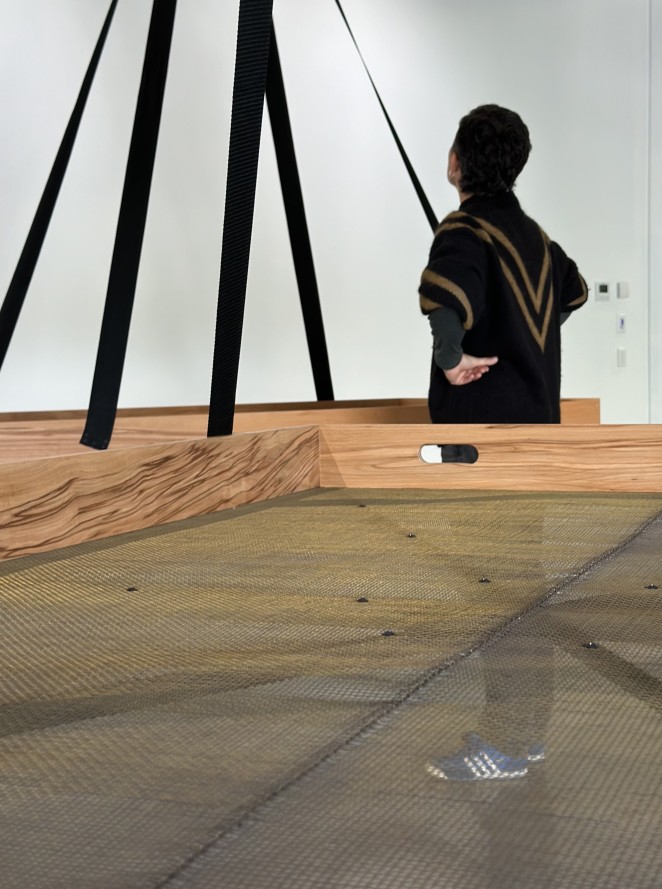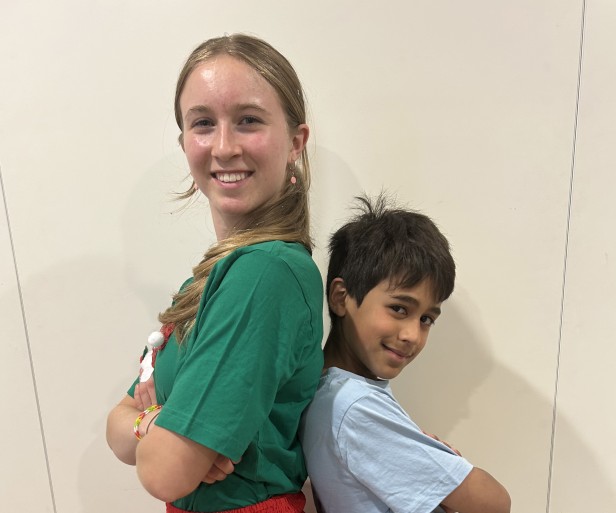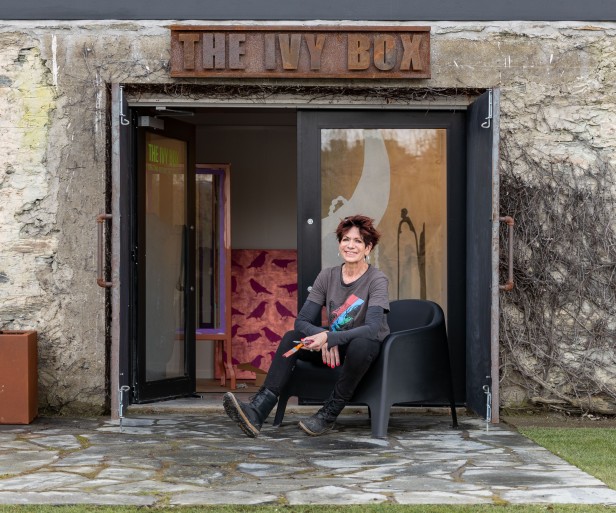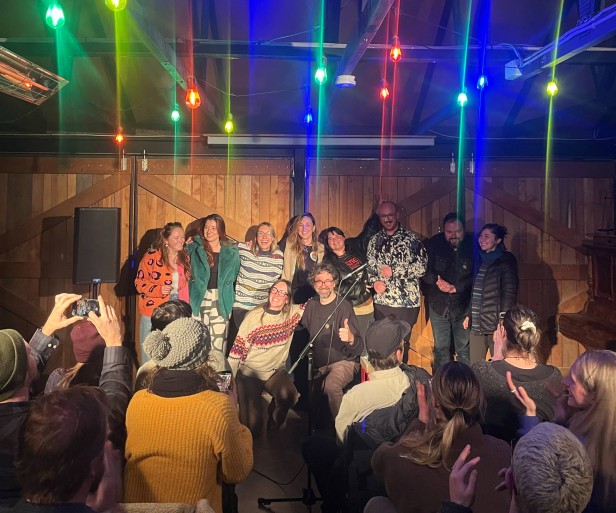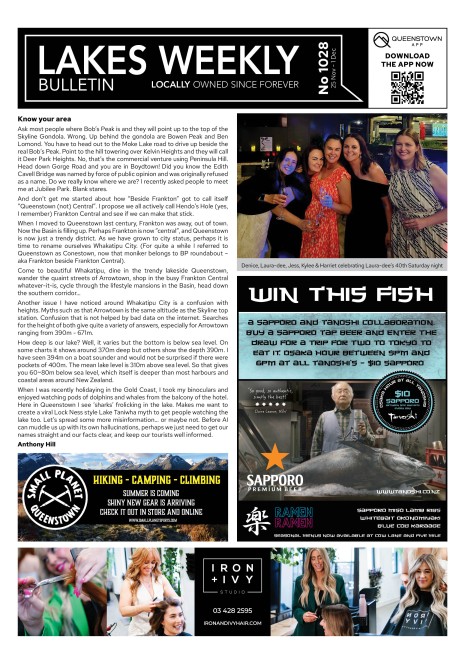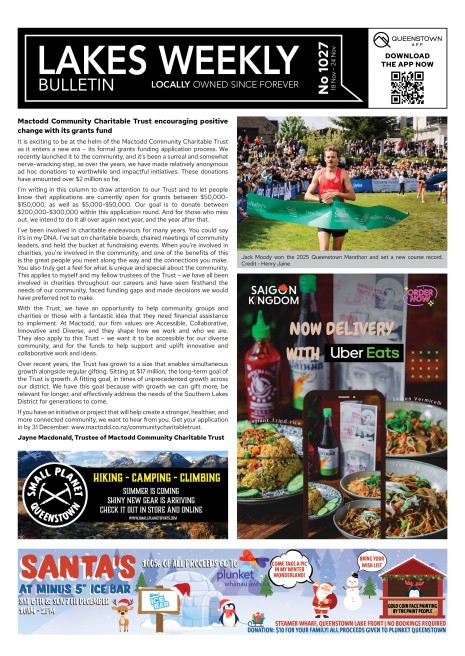Interview with Melissa Macleod
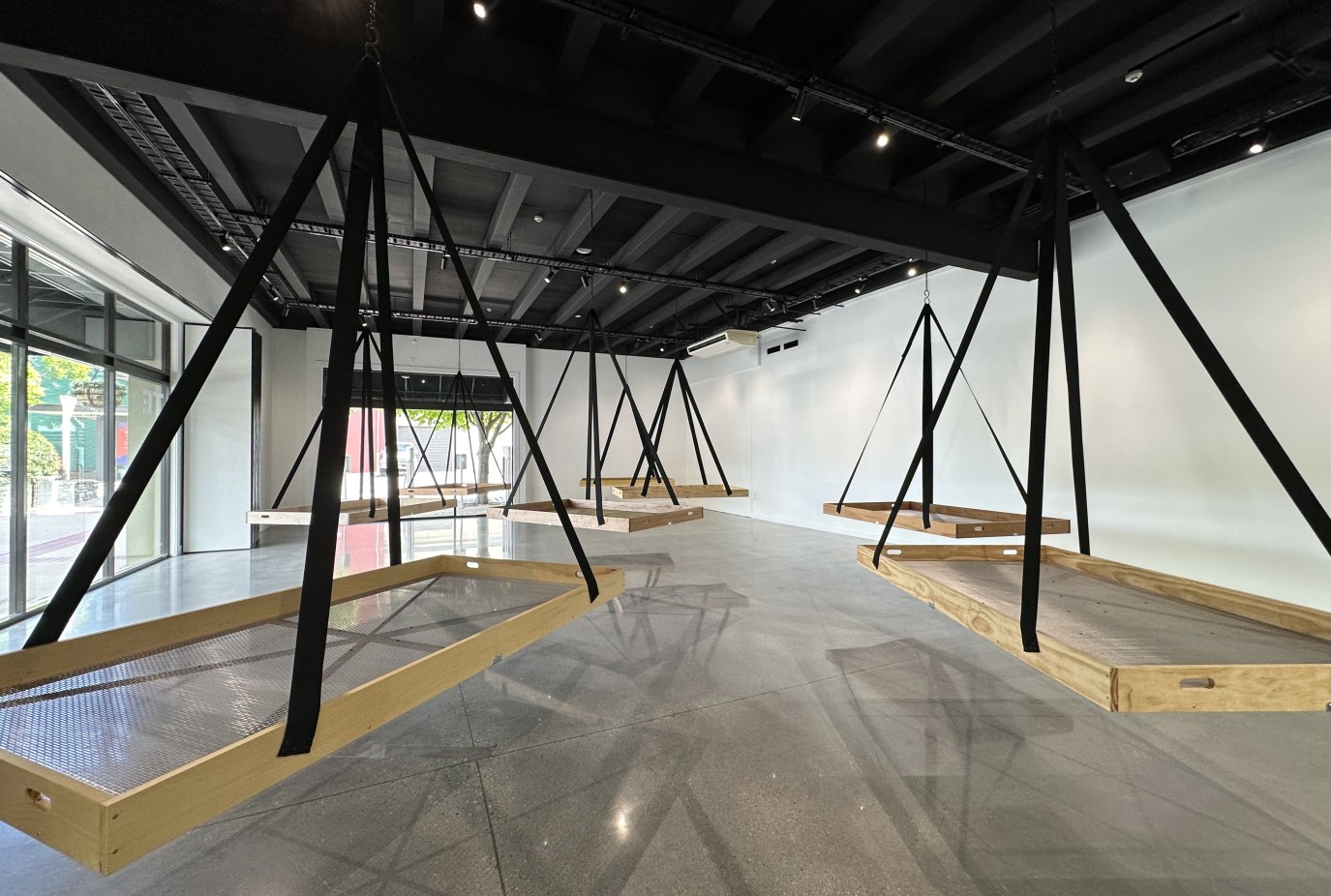
With the start of this new year, we’ve decided to re-activate The Tight Five as a summer series to inform, inspire and highlight the creative undercurrent of our district. First up for 2024 is sculptural artist Melissa Macleod.
How much of a role do you believe art plays in speaking to the larger issues of our day - and what is it you like 'talking' about most?
Art, as a political vehicle or voice, has unending potential and capability. In relation to the current environmental crisis, offering another ‘take’ on an issue, or recalibrating the normal, is at the heart of why many of us are invested in this exploration - to administer a small prick. It also has to be received and heard though, because arts success in communicating is reliant on a reciprocation - a relationship between maker and audience.
I am aware of the importance of seduction in projects luring people on a visual or physical level (through the likes of detailed construction or large scale work). The political can be layered or injected into these particular frameworks, quietly. It has never been my interest to make work that yells (a position) at you. A sand sculpture I made a couple of years ago involved the capturing of numerous sand samples onto hundreds of nylon threads to create a waterfall-like cascade of tones. People were interested in how the sands attached and hung there distilled. Then upon reading the wall text, viewers also realised the materials came from 24 particularly prone/eroding coastal locations around New Zealand. So, it wasn’t just pretty; the materials held meaning, and also a sadness. With regard to what’s prevalent conceptually within my practice, ultimately, I think it’s about fragility - things slipping away.
Working with natural and ephemeral materials, what have you come to learn about the nature of permanence and impermanence?
Materials I’ve used like sea air or living coastal daisies offer up a crucial fraying or wayward component to an otherwise planned and detailed process. For someone who likes precision, these shifty elements provide a challenge or intrigue. It is a battle often, but it keeps me interested. These materials also begin to lead the process - you are not in control and have to be adaptable; negotiate the material in relation to the concept and vice versa. I once collected (pumped) sea air into dunnage bags, which responded to temperature change to a greater degree than expected. Suddenly I had hundreds of large white ‘pillows’ of sea air expanding and contracting like a lung, and I had to adapt the storage structures to accommodate this daily movement.
What I love about this ephemeral quality in works, is that it allows for an openness - a resistance of an end point or final paragraph - because they are in flux. We have an inherent desire for art to be unchanging and permanent (which to my determent is the easier route in relation to the sale of work). Temporal practice defies this dominant preoccupation with lasting art works, and I am interested in playing with that expectation or tradition.
What's your dream project?
Instigation of large scale Land Art; art you can climb up, walk into, wander through and lie on - and view the world from. Art that grows and changes. Multiple and notorious Land Art projects came from 70’s mid America, and were way ahead of their time - with a large percentage of these artists forging the way being woman. I was just in the UK too, where numerous wealthy landowners have given over a considerable portion of their property to form sculpture parks and land works, providing exposure to robust, rich and outward thinking art practices. We have the capacity for this here in NZ, we just need a few more key players to see it.
What would your advice be to someone who says they don’t have a creative bone in their body?
Creative isn’t one thing, it is a broad spectrum. We need to question the term and how it has come to be understood. Creative often exists in someone completely separate to the art world, someone who is functioning in an incredibly exploratory way. I’d say, the creative bones are hiding in there.
You can join Melissa in this discussion at her upcoming concept development workshop, being held at Te Atamira on Sunday 21st January (10am-1pm), exploring the use of transient or ‘ghost’ materials such as air, seeds, pollen, dust.
Capturing the Ephemeral: sculptural drawing workshop
www.teatamira.nz/events/capturing-the-ephemeral
